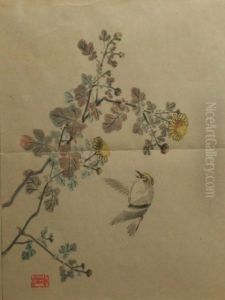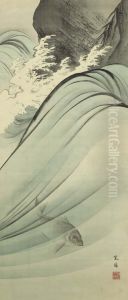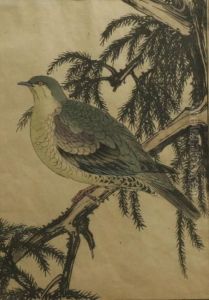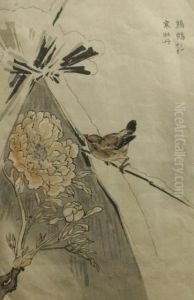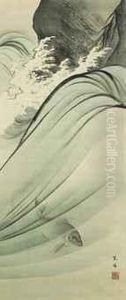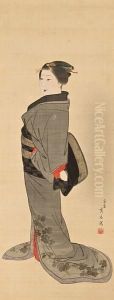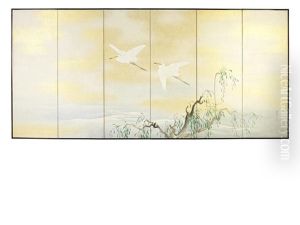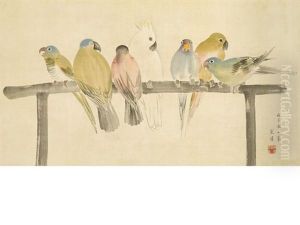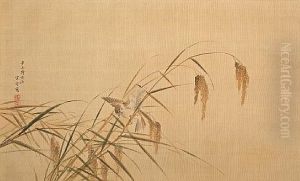Nishiyama Kan'Ei Paintings
Nishiyama Kan'Ei was a Japanese artist and scholar, born in 1902 in Kyoto, Japan. He was known for his traditional Japanese paintings, which were deeply rooted in the Nihonga style, a term that encompasses traditional Japanese painting techniques and aesthetics. Nishiyama was not only an accomplished painter but also an art educator and a historian of Japanese art, contributing significantly to the study and preservation of traditional Japanese painting.
Nishiyama graduated from the Kyoto City Specialist School of Painting in 1923, which later became the Kyoto City University of Arts. His early career was marked by his dedication to studying the techniques of classical Japanese art. He was particularly influenced by the works of the Edo period (1603–1868) and the Maruyama-Shijō school of painting, a style that combined the realism of Maruyama Ōkyo with the expressive brushwork of the Shijō school.
Throughout his career, Nishiyama Kan'Ei received numerous awards and recognition for his work. He was a member of the Japan Art Academy and contributed to various artistic organizations. His paintings often depicted traditional subjects such as landscapes, flowers, and birds with meticulous attention to detail, and he employed classical techniques such as tarashikomi (a dripping technique) and fukinuki yatai (a perspective technique).
In addition to his artistic practice, Nishiyama was also deeply involved in academic work. He taught at his alma mater, where he nurtured the next generation of Japanese artists. Furthermore, he wrote extensively on the history and theory of Nihonga, helping to solidify its foundations and preserve its methods for future artists.
Nishiyama Kan'Ei's impact on the art world extended beyond his lifetime, with his works being displayed in numerous exhibitions and held in the collections of major art museums in Japan. He passed away in 1997, leaving behind a legacy that continues to influence artists and scholars of Japanese art.
